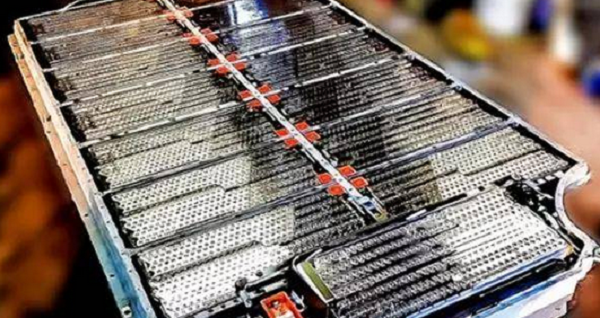In order to effectively improve the storage capacity of lithium batteries, people generally adopt the method of increasing the battery capacity to achieve the purpose. However, limited by the nature of the raw materials used, the increase in capacity is always limited, so increasing the voltage value has become another way to improve the power storage capacity of lithium batteries. As we all know, the nominal voltage of lithium battery is 3.6V or 3.7V, and the maximum voltage is 4.2V. So, why can't the voltage of lithium batteries get a bigger breakthrough? In the final analysis, this is also determined by the material and structural properties of lithium batteries.

The voltage of a lithium battery is determined by the electrode potential. Voltage, also known as potential difference or potential difference, is a physical quantity that measures the energy difference between charges in an electrostatic field due to different potentials. The electrode potential of lithium ions is around 3V, and the voltage of lithium batteries varies with different materials. For example, a general lithium battery has a rated voltage of 3.7V and a full voltage of 4.2V; while a lithium iron phosphate battery has a rated voltage of 3.2V and a full load voltage of 3.65V. That is to say, the potential difference between the positive and negative electrodes of the actual lithium battery cannot exceed 4.2V, which is based on the requirements of materials and safety of use.
If the Li/Li+ electrode is used as the reference potential, μA is the relative electrochemical potential of the negative electrode material, μC is the relative electrochemical potential of the positive electrode material, and the electrolyte potential range Eg is the lowest electron unoccupied energy level and the highest electron occupied energy level of the electrolyte. level differences. Then, the three factors that determine the highest voltage value of the lithium battery are μA, μC and Eg.
The difference between μA and μC is the open circuit voltage (the highest voltage value) of the lithium battery. When this voltage value is in the range of Eg, the electrolyte can work normally. "Normal operation" means that the lithium battery moves back and forth between the positive and negative electrodes through the electrolyte, but does not undergo a redox reaction with the electrolyte, thereby ensuring the stability of the battery structure. The electrochemical potential of the positive and negative materials causes the electrolyte to work abnormally in two forms:
1. When the electrochemical potential of the negative electrode is higher than the lowest electron of the electrolyte and does not occupy the energy level, the electrons of the negative electrode will be captured by the electrolyte, so the electrolyte is oxidized, and the reaction product forms a "solid-liquid interface layer on the surface of the negative electrode material particles. ". As a result, the negative electrode may be damaged.
2. When the electrochemical potential of the positive electrode is lower than the highest electron occupied energy level of the electrolyte, the electrons in the electrolyte will be captured by the positive electrode and then oxidized by the electrolyte, and the reaction product will form a "solid-liquid interface on the surface of the positive electrode material particle". layer". As a result, the positive electrode may be destroyed.
However, this possibility of causing damage to the positive or negative electrode, due to the existence of the "solid-liquid interface layer", prevents the further movement of electrons between the electrolyte and the positive and negative electrodes, and instead protects the electrode material, that is to say, The "solid-liquid interface layer" is "protected" to a lesser extent. The premise of this protection is that the electrochemical potential of the positive and negative electrodes can slightly exceed the Eg range, but not too much. For example, the reason why most of the current lithium battery anode materials use graphite is because the electrochemical potential of graphite relative to the Li/Li+ electrode is about 0.2V, which is slightly beyond the Eg range (1V~4.5V), but due to its "protective properties" Solid-liquid interface layer", so that the electrolyte will not be further reduced, thereby preventing the continued development of the polarization reaction. However, the 5V high-voltage cathode material exceeds the Eg range of the current commercial organic electrolyte by too much, and is easily oxidized during the charge and discharge process. As the number of charge and discharge increases, the capacity decreases and the life is shortened.
Now I know that the open circuit voltage of the lithium battery is selected as 4.2V because the Eg range of the existing commercial lithium battery electrolyte is 1V~4.5V. If the open circuit voltage is set to 4.5V, the output power of the lithium battery may be improved, but also It increases the risk of overcharging the battery, and the hazards of overcharging have been explained by a lot of information, so I won't say more here.
According to the above principles, if people want to increase the energy density of lithium batteries by increasing the voltage value, there are only two ways to find them. One is to find an electrolyte that can match the high-voltage positive electrode material, and the other is to provide a protective surface for the battery. modified.



